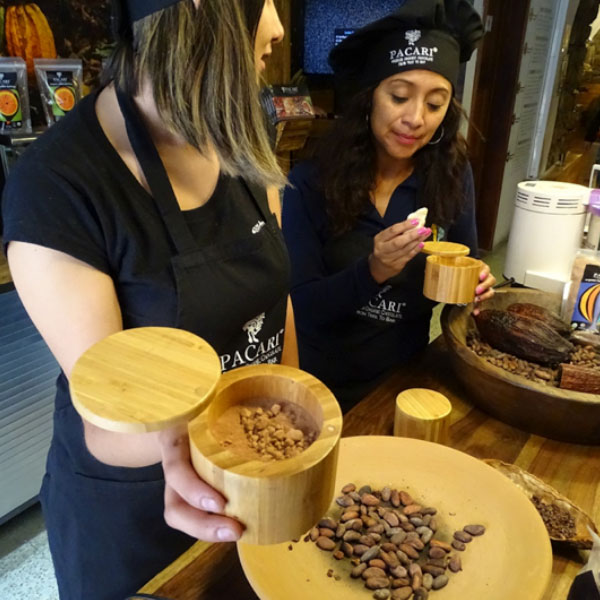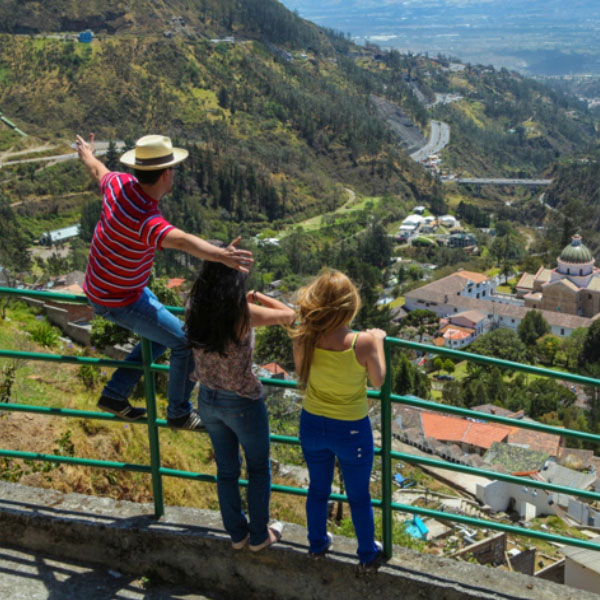GTEG-130 MOTOR YACHT PASSION E2 – ITINERARY
FOUR DAYS / THREE NIGHTS – WEDNESDAY TO SATURDAY
Detailed Itinerary
DAY 1: Wednesday – Arrival in Galapagos
SANTA CRUZ HIGHLANDS & FAUSTO LLERENA BREEDING CENTER
After arriving at Baltra airport, we will be greeted by our staff and cross the Itabaca channel and reach Santa Cruz Island for our first visit in the Archipelago: the Highlands of Santa Cruz. We will visit one of the local ranches where it is possible to see giant tortoises in their natural habitat. As these animals migrate from the coastal area to the highlands and back, the chosen ranch will depend on the presence of the tortoises since they roam free and change locations. The farms are also good places to see the Santa Cruz ground finch which populates these forests, where it is also possible to see the yellow warbler.
We will return to the yacht for lunch and to freshen up to then head back to Puerto Ayora for our second visit of the day, the Fausto Llerena Tortoise Breeding Center. Here, we will see tortoises from different islands. The animals are found in large semi natural pens for their protection, but also to ensure an easy view for the visitors. The pens are divided according to four different stages: eggs, neonates, juveniles (held here until they are mature enough to be “repatriated”), and adults.
Afterward, we will return to Puerto Ayora, where we will have time to explore the town and shops (this is the only chance for shopping on this itinerary) before boarding the M/Y Passion at around 5:00 p.m. Once on board, the crew and captain will welcome us, have a short security drill, and enjoy dinner and the briefing for the next day´s activities.
Meals: Lunch, dinner
DAY 2: Thursday – Galapagos Islands
PLAZA SUR (AM) & SANTA FE ISLAND (PM)
Plaza Sur
We will have a dry landing on one of the oldest docks of the archipelago on colorful Plaza Sur, home to vibrant green prickly pears, deep red Sesuvium, and coppery‐orange land iguanas. Impressive seaward cliffs make the perfect perching spot for a variety of coastal birds. This is also a great place to observe the adult and pup sea lions swimming along the shores.
Santa Fe
After a wet landing on Santa Fe, we will encounter a white beach where sea lions are usually resting. We will be looking for the endemic species of land iguana, which is larger and a deeper shade of yellow than land iguanas on other islands. The biggest prickly pear cacti in the Galapagos are also found here.
Meals: Breakfast, lunch, dinner
DAY 3: Friday – Galapagos islands
ESPANOLA ISLAND
GARDNER BAY (AM) & PUNTA SUAREZ (PM)
Gardner Bay
Following a wet landing, we will spend the morning in Española Island’s Gardner Bay, an outstanding beach with sea lions, marine iguanas, and the bold Española mockingbird. Close to Española, there is a beautiful array of islets ideal for observing marine life. While snorkeling at one of these locations, we will come face to face with the marine reserve’s endemic species including the playful sea lions.
Punta suarez
After this visit, we will head to Punta Suarez, one of the most popular landing sites in Galapagos. The highlights include: sea lions near the landing place (sometimes seen body‐surfing in the large breakers) large marine iguanas, with red‐colored males in the breeding season, oystercatchers, blue-footed and masked boobies, Galapagos hawks, Galapagos doves, swallow‐tailed gulls, red-billed tropicbirds, and three species endemic to Española: the waved albatross (present only from April to December), the Española mockingbird, and the Española lava lizard. The trail ends in El Soplador, a blowhole that sprays water some 25 meters (75 feet) into the air.
Meals: Breakfast, lunch, dinner
DAY 4: Saturday -Depart Galapagos Islands.- Saturday
TWIN CRATERS & DEPARTURE
This is our last day on the islands. After breakfast we will disembark in Puerto Ayora to take our transport to the Baltra airport, making a short stop to visit the Twin Craters. The Gemelos are two deep craters located to the side of the road that leads to Puerto Ayora from the other side of the island. These huge holes were probably created in a volcanic explosion or by magma chambers underneath the island´s surface. This is also an excellent place to see the Galapagos hawk and the Santa Cruz barn owl. The surrounding forests are also filled with birds such as the vermilion flycatcher and the yellow warbler.
After this visit, we will make our way to the Baltra airport for the flight to mainland Ecuador.
Meals: Breakfast

















